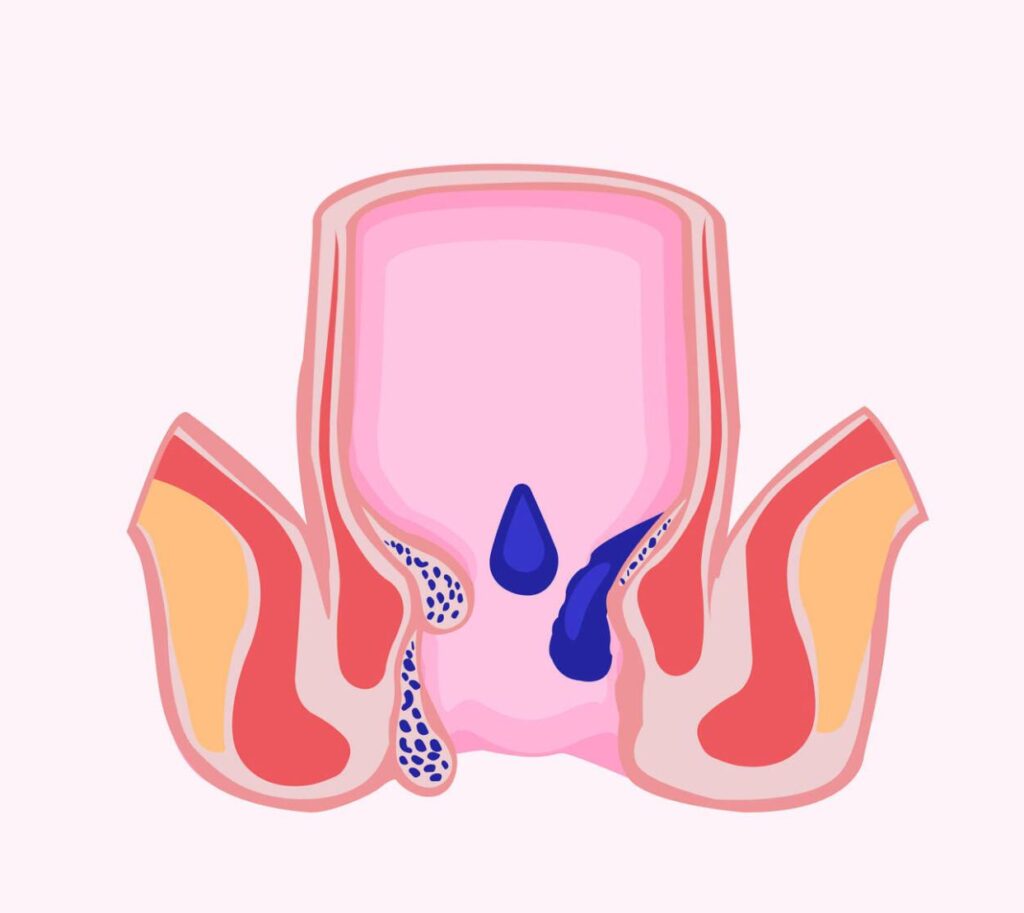Prolapse

The treatment of prolapse depends on the severity of the condition, the specific type of prolapse, and the individual’s symptoms. Here are some general approaches to prolapse treatment:
Conservative Management:
Pelvic Floor Exercises (Kegel exercises): Strengthening the pelvic floor muscles can help provide support to the pelvic organs.
Lifestyle modifications: Maintaining a healthy weight, avoiding heavy lifting, and managing chronic constipation can reduce the risk of prolapse or alleviate symptoms.
Pelvic Floor Physical Therapy:
A trained physical therapist can teach exercises to strengthen and coordinate the pelvic floor muscles.
Pessary Use:
A pessary is a device inserted into the vagina to support the prolapsed organs. It is a non-surgical option and can be a temporary or long-term solution.
Hormone Therapy:
In postmenopausal women, estrogen replacement therapy may help improve the tone and elasticity of the pelvic tissues.
Medications:
Some medications may be prescribed to manage symptoms, such as constipation or urinary incontinence.
Minimally Invasive Procedures:
Procedures like laparoscopic or robotic-assisted surgeries may be used to repair pelvic organ prolapse with smaller incisions and shorter recovery times.
